Korean Practice Guidelines for Gastric Cancer 2024: An Evidence-based, Multidisciplinary Approach (Update of 2022 Guideline)
- PMID: 39822170
- PMCID: PMC11739648
- DOI: 10.5230/jgc.2025.25.e11
Korean Practice Guidelines for Gastric Cancer 2024: An Evidence-based, Multidisciplinary Approach (Update of 2022 Guideline)
Abstract
Gastric cancer is one of the most common cancers in both Korea and worldwide. Since 2004, the Korean Practice Guidelines for Gastric Cancer have been regularly updated, with the 4th edition published in 2022. The 4th edition was the result of a collaborative work by an interdisciplinary team, including experts in gastric surgery, gastroenterology, endoscopy, medical oncology, abdominal radiology, pathology, nuclear medicine, radiation oncology, and guideline development methodology. The current guideline is the 5th version, an updated version of the 4th edition. In this guideline, 6 key questions (KQs) were updated or proposed after a collaborative review by the working group, and 7 statements were developed, or revised, or discussed based on a systematic review using the MEDLINE, Embase, Cochrane Library, and KoreaMed database. Over the past 2 years, there have been significant changes in systemic treatment, leading to major updates and revisions focused on this area. Additionally, minor modifications have been made in other sections, incorporating recent research findings. The level of evidence and grading of recommendations were categorized according to the Grading of Recommendations, Assessment, Development and Evaluation system. Key factors for recommendation included the level of evidence, benefit, harm, and clinical applicability. The working group reviewed and discussed the recommendations to reach a consensus. The structure of this guideline remains similar to the 2022 version. Earlier sections cover general considerations, such as screening, diagnosis, and staging of endoscopy, pathology, radiology, and nuclear medicine. In the latter sections, statements are provided for each KQ based on clinical evidence, with flowcharts supporting these statements through meta-analysis and references. This multidisciplinary, evidence-based gastric cancer guideline aims to support clinicians in providing optimal care for gastric cancer patients.
Keywords: Chemotherapy; Endoscopy; Guidelines; Stomach neoplasms; Surgery.
Copyright © 2025. Korean Gastric Cancer Association.
Conflict of interest statement
No potential conflict of interest relevant to this article was reported.
Figures






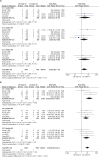
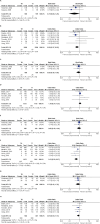



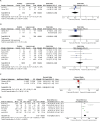



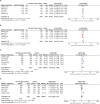
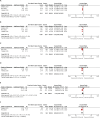


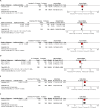





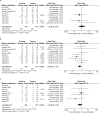
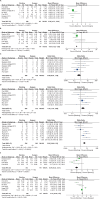








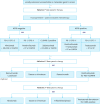
References
-
- Ferlay JEM, Lam F, Laversanne M, Colombet M, Mery L, Piñeros M, et al. Global Cancer Observatory: Cancer Today. Lyon: International Agency for Research on Cancer; 2024.
-
- World Cancer Research Fund Network. Diet, nutrition, physical activity and stomach cancer [Internet] London: World Cancer Research Fund Network; 2018. [cited 2023 Jan 1]. Available from: https://www.wcrf.org/wp-content/uploads/2024/10/stomach-cancer-report.pdf.
Publication types
MeSH terms
Grants and funding
LinkOut - more resources
Full Text Sources
Medical
Miscellaneous

